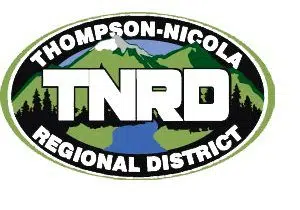
The province is keeping an eye on drought conditions in the Nicola Valley.
The latest snowpack data released yesterday, updated to May 1, showed the Nicola region to be 57 per cent below normal.
BC River Forecast Centre section head Dave Campbell says the conditions are a result of an early snowmelt in low-to-mid elevation terrain.
“We had a pretty rapid melt in 2015 and 2016. It’s not totally unprecedented what we’re seeing, but it’s certainly unusual and it’s certainly quite early for that melt, on top of it being quite low to start with,” Campbell says.
“I think when it melts early and if we’re not able to capture that, particularly in the unregulated parts of the system, then that can translate to that lower flow earlier. Or just less feeding of the rivers later as we get into the summer from that snowmelt. Because it’s gone, and it’s been gone for a while.”
Last year at the May 1 snowpack bulletin, the snowpack in the Nicola was at 104 per cent above normal, which is nearly five times more snow than the current conditions.
The Nicola snowpack is the second-lowest off all regions surveyed in the province; the Skagit region east of Hope is sitting at a whopping 85 per cent below normal. Campbell says that number could be misleading since most of the Skagit water basin is in Washington state.
“So it’s a pretty small portion of the Skagit that’s in B.C., and there’s not a lot of measurement, it might even be one survey point. And that survey point happens to be in the mid-elevation zone that’s seen that early melt, and that’s what’s skewing that number there.
“Certainly, our counterparts in the states where the Skagit flows into – and is a little bit more of a focal point for power production and things like that – I think they’ve certainly identified the Skagit is quite low. But I think that (85 per cent) is a little bit of a red herring to the fact that it’s really just an early melt rather than it being exceedingly dry.”
(Photo: Thompson Okanagan Tourism Association)















